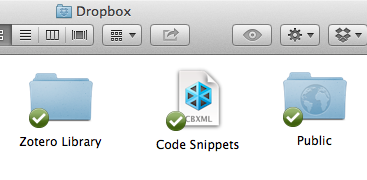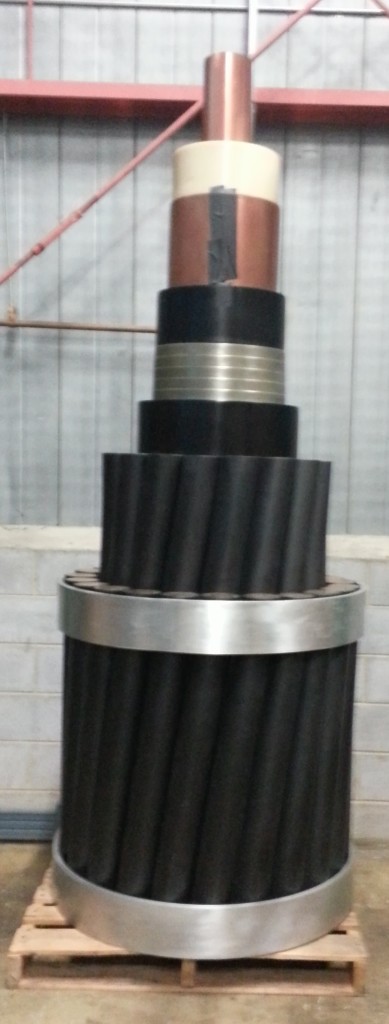Lots of people think about Human-Computer Interaction as something that just adds a thin veil of “prettiness” on top of existing services — something that you worry about once you have the novel tech working, if there’s time. But, actually HCI is about conceiving and creating a user experience. HCI can help you decide what you should actually build, not just how it should look. And that’s not just a veneer, it really changes what people do. I wanted to share four user experiences that changed where I spend my money.
Domino’s online ordering system: While taste-wise, Domino’s pizza is basically the same as Papa John’s or other competitors, their ordering interface keeps me coming back again and again. I love being able to see the stage of my pizza’s creation, I love being able to see the name of the person working on my pie, and I LOVE being able to send an encouragement to the team like “You are my pizza heroes!” Honestly, I don’t even know if they see those, but just the experience of being able to think about my pizza-providers as real people with names and motivations changes my relationship to my pizza!

Dropbox helps me “cloudify” other programs and removes the step of uploading the most recent copy of my CV.
Dropbox: Dropbox was the original cloud-storage service that worked right inside my file system. There are so many things I love about this approach. First of all, because I can now just put any program folder into the Dropbox hierarchy, I can easily “cloudify” all sorts of programs such as my Zotero library and my Eclipse workspace. Many of these now provide their own storage options, but it’s so much easier to just use one service for all of my storage needs! Also, I love the “public folder” that lets me have public links to certain documents. I keep my CV there so I get to skip the step of uploading it to this page every time something changes. Now, other services, like Google Drive provide similar applications and ways of interacting with my data, but Dropbox was the original, so they still have my loyalty and moneys.
![]() Amazon Prime: provides free 2-day shipping and online content for an annual fee. I’m usually very resistant to anything that has a recurring fee, but I gave in to Amazon Prime because I order enough stuff online for work alone to make it worthwhile. Now, I’m finding myself buying things online that I’ve never bought before. Tahini for my homemade hummus? Easier to find online than in the store. The latest season of Downton Abbey? Well, since I saw the last two seasons for free on Prime and I REALLY need to know what happens next… The combination of the UX idea of 1-Click shopping (okay, I agree that it’s not really a fair thing for them to patent, but it’s still a good idea) and the business idea of free online content / free shipping really changed how and what I buy online.
Amazon Prime: provides free 2-day shipping and online content for an annual fee. I’m usually very resistant to anything that has a recurring fee, but I gave in to Amazon Prime because I order enough stuff online for work alone to make it worthwhile. Now, I’m finding myself buying things online that I’ve never bought before. Tahini for my homemade hummus? Easier to find online than in the store. The latest season of Downton Abbey? Well, since I saw the last two seasons for free on Prime and I REALLY need to know what happens next… The combination of the UX idea of 1-Click shopping (okay, I agree that it’s not really a fair thing for them to patent, but it’s still a good idea) and the business idea of free online content / free shipping really changed how and what I buy online.
 Depositing checks through a mobile phone: The first bank to offer online check deposits was USAA, but many others soon followed. Today, it is simply a non-negotiable banking need for me. I will not bank with any bank that doesn’t let me do that. PayPal is particularly a leader in online handling of money, supporting easy transfer of money between individuals (say, to pay my share of the rent), depositing checks online, and paying for just about anything. Since I don’t actually pay them for these services, they don’t fit with the theme of this blog. But, I bank with Ally and ING specifically because both of them support online deposits and that IS a way that the experience of being able to deposit checks through my phone has changed where I put my money.
Depositing checks through a mobile phone: The first bank to offer online check deposits was USAA, but many others soon followed. Today, it is simply a non-negotiable banking need for me. I will not bank with any bank that doesn’t let me do that. PayPal is particularly a leader in online handling of money, supporting easy transfer of money between individuals (say, to pay my share of the rent), depositing checks online, and paying for just about anything. Since I don’t actually pay them for these services, they don’t fit with the theme of this blog. But, I bank with Ally and ING specifically because both of them support online deposits and that IS a way that the experience of being able to deposit checks through my phone has changed where I put my money.
What all of these transformative user experiences share in common is that they’re not about “usability” or color of the buttons or layout of the page or anything else that can be A/B tested. They are about combining common technological capabilities (none of these are cutting-edge technology) and good business practices in a way that supports me in how I already do thing (Dropbox, Mobile Check Deposit) and how I don’t even know yet I want to be doing things (Amazon Prime, Domino’s Pizza). And that’s what HCI is actually all about, whether in your company it goes by the name of design, marketing, or UX.




